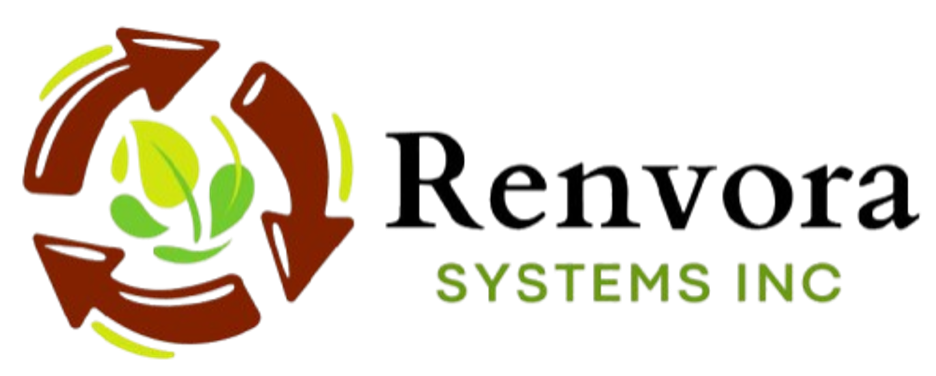Sustainable Waste Management: Trends and Technologies Shaping the Industry in 2025
The year 2025 marks a critical juncture for the global waste management industry—a field under immense pressure from escalating waste volumes, increasingly stringent environmental regulations, and mounting demand for sustainability. Emerging technologies and innovative approaches are revolutionizing how waste is collected, sorted, treated, and repurposed, offering solutions that balance economic growth with environmental stewardship.
Growing Waste Volumes and Sustainability Pressures
Globally, over 2 billion tons of waste are generated annually, with projections estimating this will soar past 3.4 billion tons by 2050. Most of this waste currently ends up in landfills, polluting ecosystems and contributing to climate change through methane emissions. Reducing landfill dependency and increasing recycling and recovery rates are vital for sustainable development.
Industries and municipalities alike are embracing sustainability goals to meet these challenges—many aligning waste management practices with the circular economy, minimizing waste generation, and fostering resource regeneration. This shift has fuelled rapid innovation in waste sector technologies, streamlining operations and reducing environmental impacts.
Top Waste Management Trends of 2025
- Artificial Intelligence (AI) and Machine Learning:
Advanced AI-powered systems automate waste sorting with unprecedented precision using computer vision and sensor fusion. These technologies differentiate materials, reduce contamination, and boost recycling rates. Predictive analytics help forecast equipment maintenance needs, preventing downtime. - Internet of Things (IoT) Integration:
Smart sensors embedded in waste bins and collection trucks provide real-time data on fill levels and route optimization. This connectivity enhances efficiency and reduces fuel consumption by tailoring collection schedules to actual needs. - Robotics and Automation:
Robotic sorters equipped with AI analyze and separate recyclables faster and more accurately than manual methods. Automation in waste handling enhances safety and productivity, particularly in hazardous or high-volume settings. - Thermal Plasma Technologies:
Thermal plasma arc systems treat hazardous waste onsite by decomposing toxic materials via high-temperature ionized gas. This reduces transport-associated risks and environmental footprints while recovering valuable materials and generating clean energy. - Advanced Recycling and Chemical Recovery:
Innovations in chemical recycling break down plastic and complex waste into reusable raw materials, extending product lifecycles and supporting circular manufacturing models. - Blockchain for Transparency:
Blockchain technology is being applied to track waste streams securely, enabling transparency, traceability, and accountability from waste generation to final disposal or recovery.
The Future is Digital and Circular
The digital transformation in waste management is not just about operational efficiency but also enabling closed-loop economies. Businesses utilize real-time data and analytics to optimize sorting, reduce contamination, and maximize material recovery, feeding recycled resources back into production.
Leading firms like Renvora integrate AI, plasma arc technology, and IoT-driven monitoring to deliver comprehensive sustainable waste solutions. Their innovations empower industries to comply with global regulations and reduce environmental impact while unlocking value from waste streams.
Sustainable waste management in 2025 is defined by embracing cutting-edge technologies that promote automation, operational agility, and circular economy principles. As waste generation grows, the industry’s ability to innovate will be paramount in protecting ecosystems, mitigating climate change, and ensuring resource security for future generations.
The transition is underway—driven by data, collaboration, and a commitment to sustainability. Waste is no longer a problem but a powerful resource for a resilient, circular future.
